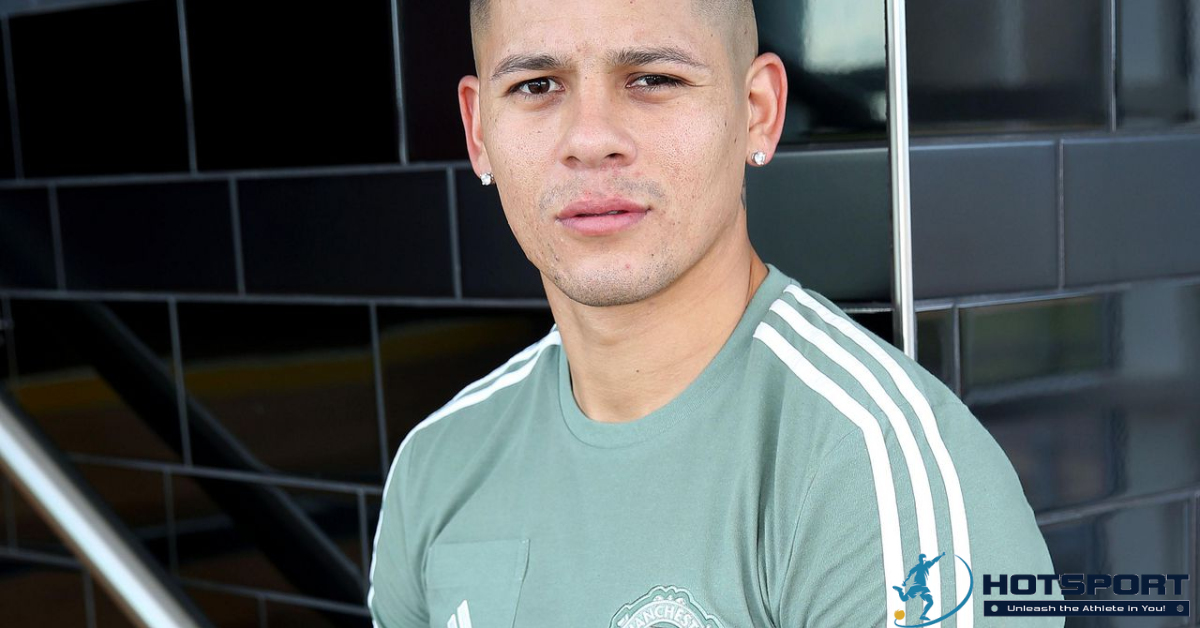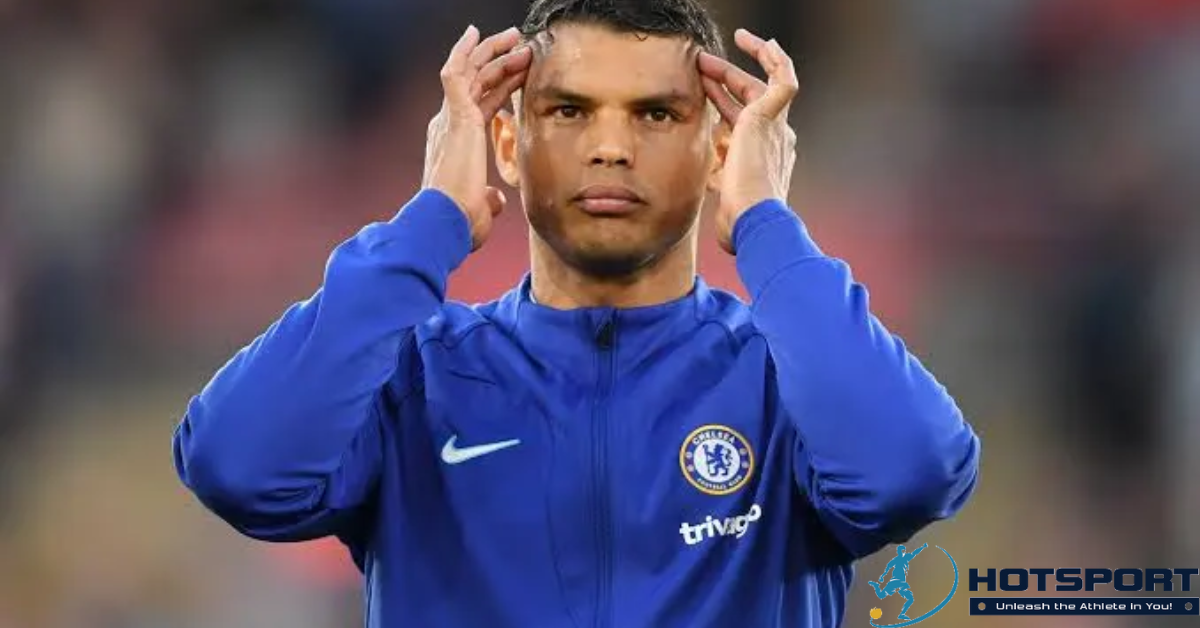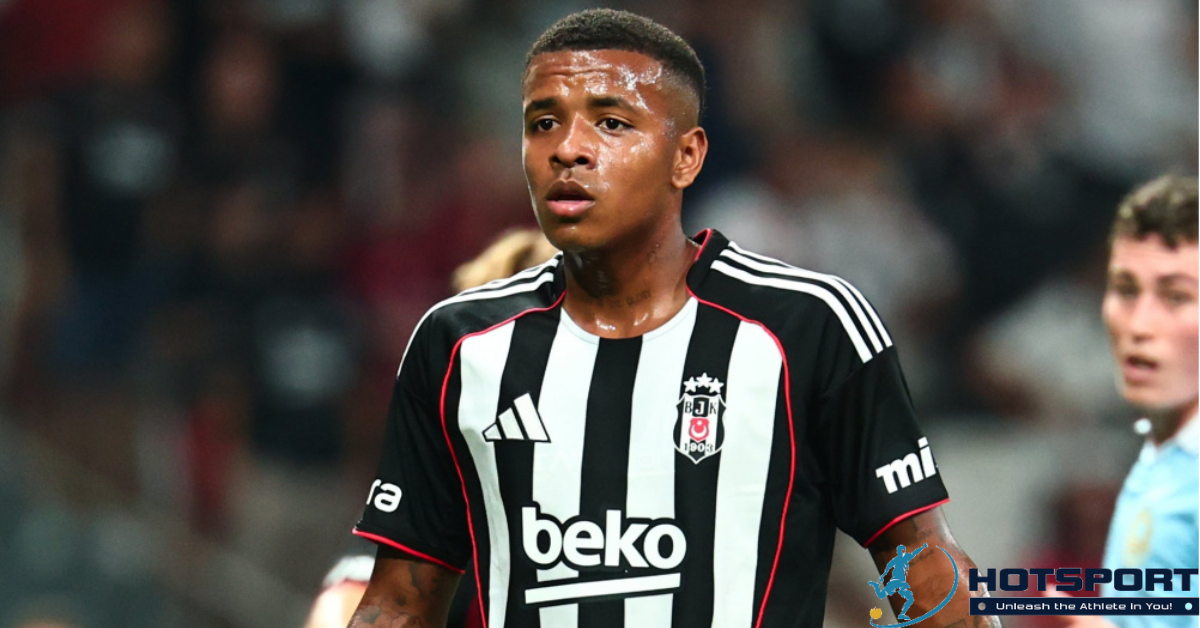Marcos Rojo is one of the most memorable names in contemporary Argentine football. With a career filled with glory, challenges, and moments of pure emotion, the 35-year-old defender continues to inspire fans around the world. Born in La Plata, Argentina, Rojo embodies the essence of South American football: grit, leadership, and a passion that overflows in every tackle. In this article, we explore his journey from his first steps in youth academies to the latest developments in his path with Racing Club in 2025. With over 300 professional matches and titles on three continents, Rojo is not just a defender—he is a warrior who wears the shirt with his heart.
Early Life and Youth Academy Formation
Roots in La Plata and the Discovery of Football
Faustino Marcos Alberto Rojo was born on March 20, 1990, in La Plata, a city known for its cultural and sporting heritage in the Buenos Aires province. The son of a humble family, Rojo grew up in an environment where football was more than a sport: it was a means of overcoming adversity and fostering unity. From a young age, he displayed fierce determination, chasing an old ball on the dusty streets of his neighborhood. His first contacts with organized sport came at local soccer schools, where his height and physical strength already stood out.
At age 10, in 2000, Rojo joined the youth ranks of Estudiantes de La Plata, the club his family held dear. La Plata, with its Jorge Luis Hirschi Stadium, was the perfect stage for a dreamy boy. Coaches from that era recall that Rojo wasn’t the most technically gifted, but he made up for it with total commitment. He trained extra hours, absorbing lessons from veterans like Leandro Desábato, who became a reference for him. These formative years shaped not only his playing style—aggressive and tireless—but also his mindset: football as a profession and an escape from everyday reality.
First Professional Steps and Adaptation to High Performance
The transition to Estudiantes’ first team came in 2008, at age 18. Rojo debuted in an Argentine Championship match against Huracán, coming on in the second half and showing composure in marking. His imposing physique—1.86 m tall and about 90 kg—made him ideal for central defense, but he also played as a left-back, demonstrating versatility. That year, Estudiantes was experiencing a magical moment under coach Alejandro Sabella, and Rojo quickly integrated into the squad.
Initial challenges didn’t take long: minor injuries and fierce competition tested his patience. But Rojo responded with hard work. In 2009, he became a key piece in the club’s historic Copa Libertadores campaign. Estudiantes reached the final against Cruzeiro, and Rojo, at just 19, helped contain the Brazilian attack in La Paz, Bolivia—one of the continent’s most feared altitudes. The 2-1 aggregate victory crowned the team champions, and Rojo lifted his first continental trophy. This triumph wasn’t just a title; it was his passport to European football.
Rise in Europe: Challenges and International Achievements
The Adventure at Spartak Moscow and Adapting to the Russian Cold
In August 2010, Rojo made the leap to Europe by signing with Spartak Moscow in Russia for around 8 million euros. At 20, he faced a cultural shock: the harsh Moscow winter contrasted with the warmth of La Plata. Spartak, one of Eastern Europe’s giants, expected the young defender to fix chronic defensive issues. Rojo debuted in September against Zenit and soon scored his first goal for the club in the Russian Cup in April 2011, securing a 2-1 win over FK Krasnodar.
However, the season was marked by ups and downs. Knee injuries sidelined him for months, and the language barrier complicated communication with teammates. Despite this, Rojo played 41 matches, showing tactical growth. He learned to read the game in more physical leagues, where aerial duels were brutal. His stint at Spartak lasted just one year but served as a school: the defender returned to Argentina more mature, ready for bigger challenges. In 2012, Sporting Portugal signed him for 4 million euros, opening doors to a more competitive league.
Sporting Portugal: Leadership and Spotlight in the Primeira Liga
At Sporting from 2012 to 2014, Rojo found his place. The Lisbon club, in reconstruction after turbulent years, saw the Argentine as a pillar for the defense. He wore the number 13 shirt and quickly became an undisputed starter. In the 2013/2014 season, under coach Leonardo Jardim, Rojo was key in the campaign that led Sporting to the Taça de Portugal, beating Porto 1-0 in the final. His header goal in the semifinal against Braga is still remembered as a moment of pure emotion.
He played 70 matches and scored 3 goals for Sporting, but what stood out was his leadership. Rojo organized the backline, barked orders, and motivated the youngsters. Injuries haunted him again—a muscle strain kept him out of the 2013 Libertadores with the national team—but he returned stronger. His performances attracted attention from European giants. In August 2014, Manchester United, coached by Louis van Gaal, paid 20 million euros to bring him to the Premier League. At 24, Rojo was at the top of the world.
Manchester United: Glory, Injuries, and the English Dream
Arriving at Old Trafford was a dream come true. Inheriting the number 5 shirt from legends like Rio Ferdinand and Nemanja Vidić, Rojo debuted against Burnley in August 2014 and impressed with his intensity. That year, he helped United reach the Champions League quarterfinals, scoring against Club Brugge in the group stage. But 2015 brought torment: knee surgery sidelined him for six months, and he missed a chance to shine in the Copa América.
Back in 2016 under José Mourinho, Rojo found his best form. He started in the FA Cup win over Crystal Palace 2-1 in extra time and in the Community Shield against Leicester. In 2017 came the treble: EFL Cup (beating Southampton), Community Shield, and the historic Europa League victory over Ajax. He played 121 matches and scored 2 goals for United, but chronic injuries—over 100 days out per year between 2018 and 2019—wore him down. In January 2020, loaned back to Estudiantes, Rojo played 12 matches, helping avoid relegation. His English cycle ended in February 2021 with mutual gratitude but a desire to return to Argentina.
Return to the Homeland: Boca Juniors and Blue-and-Gold Passion
Arrival at Boca and Career Revival
On February 2, 2021, Rojo signed with Boca Juniors for an undisclosed fee—rumored at around 2 million euros. The news broke via social media, a modern touch for an emotional return. La Bombonera, Argentine football’s temple, welcomed the defender as a hero. Under coach Miguel Ángel Russo, Rojo debuted against Newell’s Old Boys, scoring in a 1-0 win. His versatility—central defender or left-back—made him indispensable.
In his early years, Boca experienced highs: runners-up in the 2021 Libertadores, losing to Palmeiras in the final. Rojo played every match, with relentless marking on attackers like Dudu. In 2022, he lifted the Copa de la Liga, scoring the opener in a 3-0 final win over Tigre. Often captain, Rojo became a symbol of grit. He played 116 matches for Boca, scoring 9 goals, many headers from corners. But 2023 and 2024 brought turbulence: arguments with fans after defeats, like the Libertadores elimination to Fluminense, and Achilles tendon injuries sidelined him for months.
2025 Season: Controversies, Departure, and the End of an Era
The year 2025 started promisingly for Rojo at Boca. Renewed until December, he was captain and technical leader, playing 15 matches in the Torneo Apertura and scoring 2 goals. Boca reached the Libertadores group stage, but early elimination in the Club World Cup in the USA—without Rojo due to a virus—shook the squad. Humiliating losses to Al-Hilal and Urawa Reds exposed weaknesses, and Rojo, at 35, felt the weight of criticism.
In June, after the Club World Cup fiasco, exit rumors grew. Inter Miami, with Lionel Messi—his World Cup teammate in 2014 and 2018—probed the defender, but Rojo declined, prioritizing Argentine football. In July, he trained separately, barred from the locker room by the board amid disputes with Russo. The contract was terminated on August 8 after weeks of tension. Boca issued a statement thanking his “professionalism and commitment,” but fans were divided: some idolized his grit, others blamed him for defensive lapses. He played 45 matches in 2025, scoring 3 goals, but the farewell was bitter. Rojo left as a free agent, ready for a new chapter.
The Argentine National Team: Hero in World Cups
Debut and Path to the 2014 World Cup
Rojo debuted for Argentina’s senior team in February 2011 against Portugal in a friendly. At 20, he impressed by marking Lionel Messi in possession. Under Alejandro Sabella, he joined the golden group: Mascherano, Di María, and of course, Messi. In the 2014 World Cup qualifiers, he played 10 matches, aiding an unbeaten campaign.
The Brazil World Cup was the pinnacle. In the group stage, Rojo neutralized attackers like Giroud and Robben. In the round of 16 against Belgium, his tackle saved a certain goal. In the semifinals, he scored the second goal against the Netherlands in a 0-0 draw (4-2 on penalties). The final loss to Germany 1-0 in extra time hurt, but Rojo emerged as runner-up, with 7 matches and 1 goal. His performance solidified him as elite.
2018 Cup and Decline with the Albiceleste
In 2018 in Russia, Rojo started the first three group games, but an injury sidelined him for the rest. Argentina fell in the round of 16 to France 4-3. Under Jorge Sampaoli, Rojo played 4 matches. His last national team game was in 2019 against Brazil in the Copa América semifinals, totaling 61 caps and 3 goals. Since then, with the rise of Otamendi and Romero, Rojo focused on clubs but dreams of a return for the 2026 qualifiers.
Playing Style, Injuries, and Personal Life
The Gritty Defender: Strengths and Weaknesses on the Pitch
Rojo is the prototype South American defender: strong in one-on-one, dominant in the air, and tireless in set pieces. His game reading improved in Europe, but his aggression earned 15 career red cards. Set-piece goals—15 total—show his offensive presence. Critics point to impulsiveness, but fans love his calculated “meanness.”
Battles Against Injuries: Resilience as a Weapon
Injuries defined Rojo: knee in 2015 (6 months out), Achilles in 2023 (8 months), and countless strains. In 2025, a virus kept him from the Club World Cup. But he always returns, with rigorous physiotherapy and an iron mentality. “Football is war, and I fight to the end,” he said in an Olé interview.
Off the Field: Family, Controversies, and Legacy
Married to Eugenia Lusardo since 2012, Rojo is father to two children, Mateo and Morena. In 2014, a personal controversy—an extramarital affair and blackmail accusations—damaged his image, but he recovered with family support. Passionate about barbecues and tango, Rojo is discreet but engaged in social causes in La Plata. His legacy? Inspiring young defenders to never give up.
Recent Updates: New Chapter at Racing Club in 2025
Arrival at the Cilindro and a Fresh Start
On August 10, 2025, after his Boca termination, Rojo signed a one-year deal with Racing Club, a historic rival. The “Cilindro de Avellaneda” erupted with the news: a World Cup defender to bolster the backline. The contract runs until June 2026, with a performance-based extension option. Coach Gustavo Costas wanted him as “a son of a bitch on the team,” seeking leadership for an unstable defense.
His debut came in the Libertadores against Peñarol in September. Rojo came on in the second half, wearing “Marcos R.” on his shirt due to AFA restrictions over old issues. His presence calmed the game, and Racing won 2-1. As of October 30, 2025, he has played 6 Clausura matches, no goals but two assists from corners. The team is in the Copa Argentina quarterfinals against River Plate, with Rojo set to start.
Challenges and Expectations for Year-End
In October, the AFA cleared Rojo for the Clausura after document review. He trained intensely, regaining fitness after months sidelined. Rumors of interest from Palmeiras and MLS cooled; Rojo wants to shine at Racing, dreaming of the 2026 Libertadores. A recent 1-0 win over Independiente, with impeccable marking on Ávalos, reignited hopes. At 35, Rojo talks of “ending his career on a high note,” perhaps eyeing the national team for qualifiers.
Controversies linger: leaked arguments with ex-Boca teammates, but at Racing, he’s an instant idol. In a TyC Sports interview on October 25, Rojo said: “I’m back home. Racing is family, and I’ll give everything for this shirt.” The club, third in the Clausura, depends on him for the title. Injuries? He laughs: “They’re battle scars.”
Conclusion: The Eternal Warrior of Argentine Football
Marcos Rojo transcends stats: 350 professional matches, 15 titles, and a World Cup in his résumé. From La Plata to Manchester, from Moscow to La Bombonera, his journey is one of overcoming. In 2025 at Racing Club, he writes the epilogue—or perhaps a new beginning. For fans, Rojo is more than a defender; he’s the symbol that in football, grit conquers barriers. Let there be more tackles, more trophies, and more stories. ¡Vamos, Rojo!



